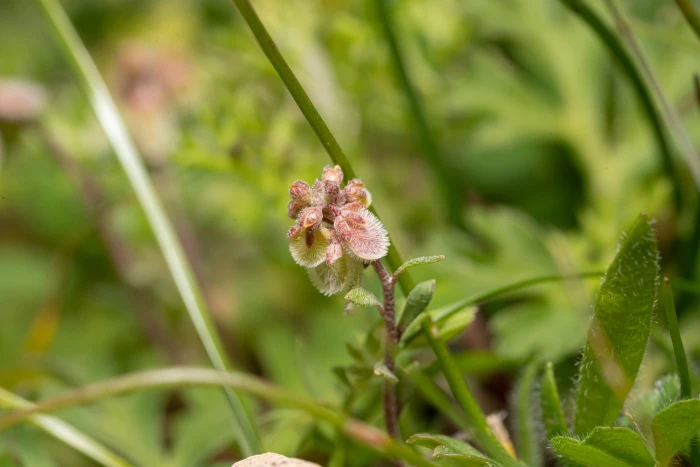Disk Cress
(Clypeola jonthlaspi)
Disk Cress (Clypeola jonthlaspi)
/
/

Eleftherios Katsillis
CC BY 4.0
Image By:
Eleftherios Katsillis
Recorded By:
Copyright:
CC BY 4.0
Copyright Notice:
Photo by: Eleftherios Katsillis | License Type: CC BY 4.0 | License URL: http://creativecommons.org/licenses/by/4.0/ | Rights Holder: Eleftherios Katsillis | Publisher: iNaturalist | Date Created: 2024-03-10T09:42:31-07:00 |
























Estimated Native Range
Climate Requirements
| • Precipitation | 18" - 22" |
| • High Temp. | 78°F - 90°F |
| • Low Temp. | 28°F - 39°F |
Summary
Clypeola jonthlaspi, commonly known as Disk Cress or Shield Penny-Cress, is an annual herb that is native to a variety of habitats in Europe and Western Asia, including meadows, pastures, vineyards, and cultivated fields. It typically grows to a height of 0.5-1.5 feet (0.15-0.5 meters) and features small, white flowers that bloom in the spring and summer, adding a delicate touch to garden settings. The plant has a basal rosette of leaves from which stems arise, each bearing clusters of the distinctive disk-shaped fruits for which it is named.
Disk Cress is valued for its ease of growth and its ability to thrive in a range of soil types, including loam and clay. It is often used in wildflower meadows, cottage gardens, and as a filler in mixed borders due to its unassuming appearance and pollinator-friendly flowers. While it prefers full sun, it can tolerate light shade and requires medium amounts of water with good drainage. Disk Cress is not commonly known for any significant problems or diseases, making it a low-maintenance choice for gardeners. However, its ability to self-seed may require management to prevent unwanted spread.CC BY-SA 4.0
Disk Cress is valued for its ease of growth and its ability to thrive in a range of soil types, including loam and clay. It is often used in wildflower meadows, cottage gardens, and as a filler in mixed borders due to its unassuming appearance and pollinator-friendly flowers. While it prefers full sun, it can tolerate light shade and requires medium amounts of water with good drainage. Disk Cress is not commonly known for any significant problems or diseases, making it a low-maintenance choice for gardeners. However, its ability to self-seed may require management to prevent unwanted spread.CC BY-SA 4.0
Plant Description
- Plant Type: Herb
- Height: 0.5-1.5 feet
- Width: 0.5-1 feet
- Growth Rate: Moderate
- Flower Color: White
- Flowering Season: Spring, Summer
- Leaf Retention:
Growth Requirements
- Sun: Full Sun
- Water: Medium
- Drainage: Medium
Common Uses
Low Maintenance, Rock Garden
Natural Habitat
Native to meadows, pastures, vineyards, and cultivated fields in Europe and Western Asia
Other Names
Common Names: Shield Penny-Cress
Scientific Names: Clypeola jonthlaspi, Alyssum jonthlaspi, Clypeola ambigua, Clypeola bruhnsii, Clypeola gaudinii, Clypeola glabra, Clypeola gracilis, Clypeola hispida, Clypeola hispidula
GBIF Accepted Name: Clypeola jonthlaspi